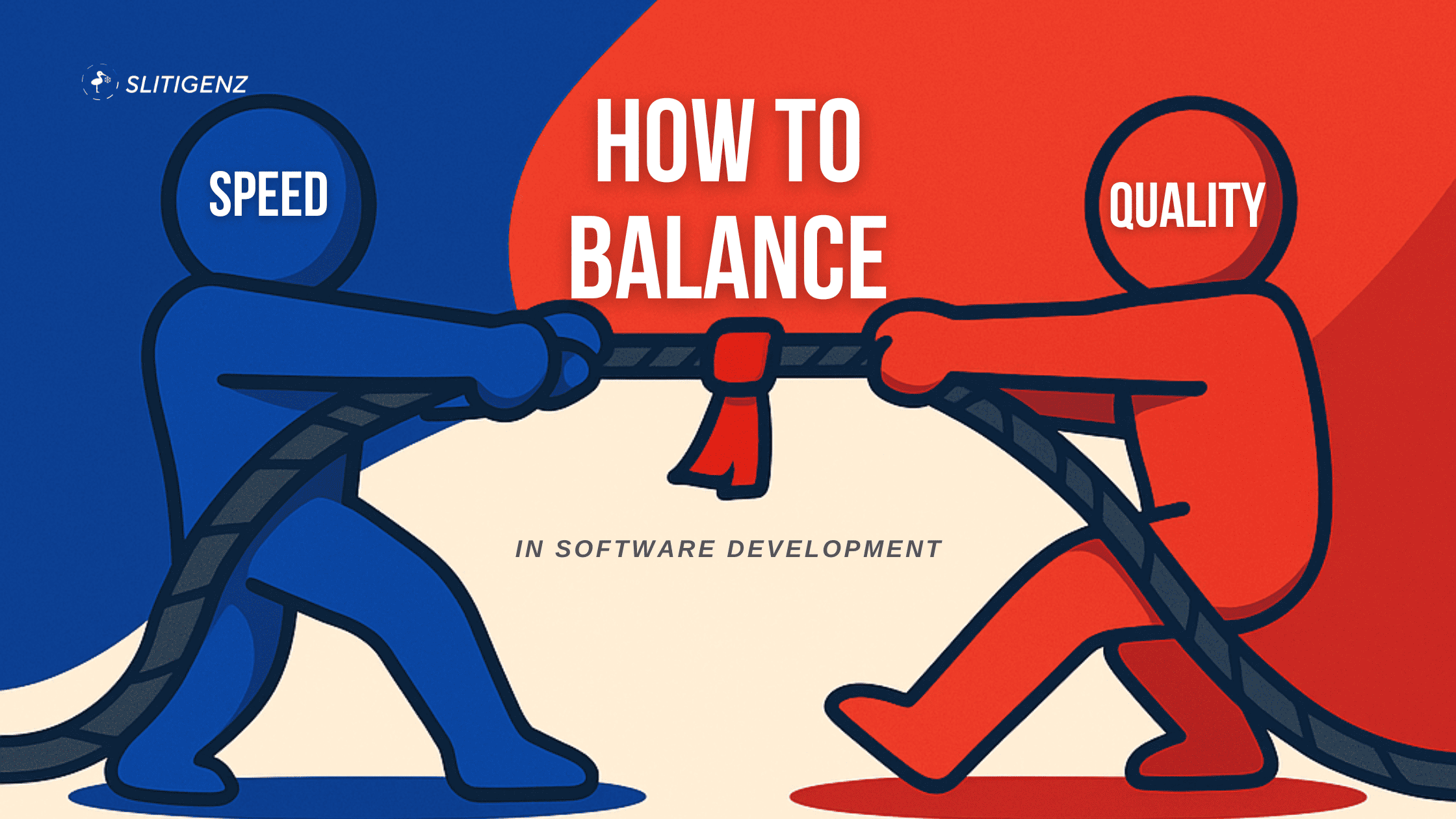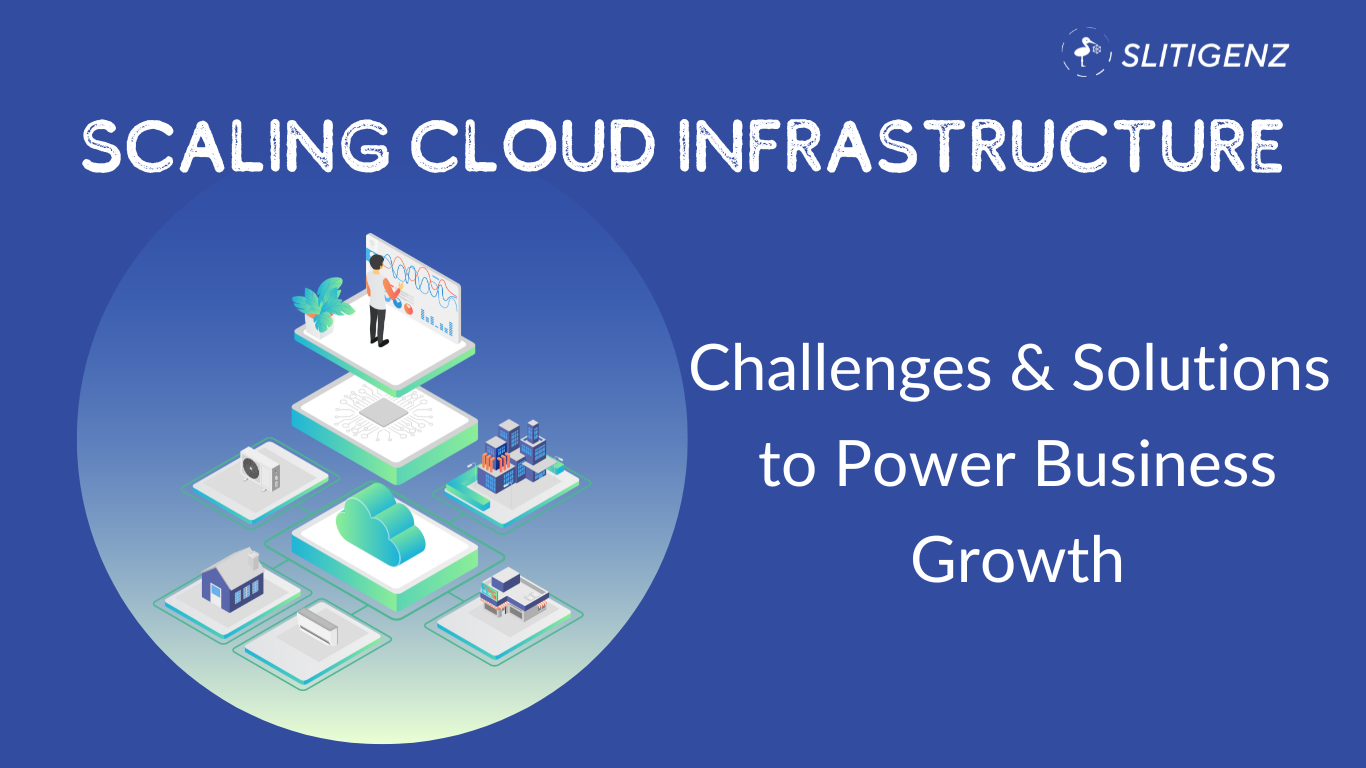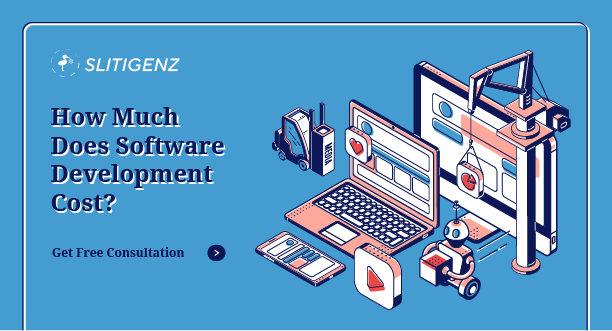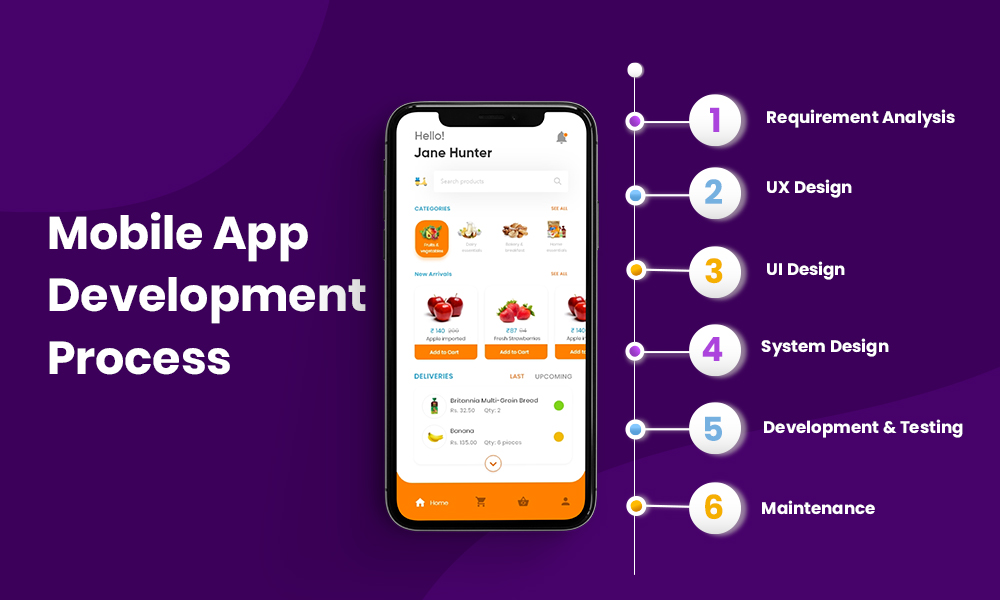Imagine your business scaling rapidly, only to face sluggish application performance and unpredictable cloud expenses. In today’s digital landscape, scaling cloud infrastructure is no longer an option—it’s essential for staying competitive. So, how can businesses overcome the inherent challenges of scaling while maintaining efficiency, security, and cost-effectiveness? Let’s explore.
As businesses grow, cloud infrastructure must scale to handle increasing demands and evolving user expectations. However, this process involves significant hurdles, ranging from cost management to performance optimization. In this article, we’ll uncover these challenges, offer actionable solutions, and demonstrate how tailored strategies can empower businesses to scale with confidence.
The Key Challenges of Scaling Cloud Infrastructure
Managing Costs and Budget Allocation
Scaling cloud infrastructure often leads to unpredictable costs. For instance, fluctuating workloads, increased storage needs, and added services can inflate expenses unexpectedly. As a result, many businesses over-provision resources to avoid performance bottlenecks, only to find themselves with higher-than-necessary operational costs.
Complexity of Cloud Architecture
As systems grow, integrating new resources without disrupting the existing architecture becomes increasingly challenging. In particular, businesses relying on microservices face additional hurdles—managing interconnected services requires precise orchestration to avoid downtime or inconsistencies.
Performance Optimization Concerns
Ensuring consistent performance as demand grows can be a daunting task. For example, scaling across regions or handling high traffic can result in latency issues. Additionally, poorly configured load balancers may fail to distribute traffic efficiently.
Security and Compliance Risks
Scaling increases a system’s attack surface, making it more susceptible to vulnerabilities. Furthermore, managing regulatory compliance—especially for businesses operating across multiple regions—becomes more complex as infrastructure expands.
Data Management and Migration
Exponential data growth poses challenges for storage, backup, and disaster recovery. During scaling, seamless data migration without downtime or loss requires meticulous planning and reliable tools.
Proven Solutions to Overcome Scaling Challenges
Advanced Cost Management Strategies
- Automated Scaling: Implement tools like AWS Auto Scaling or Google Cloud’s autoscaler to dynamically adjust resources based on traffic demands.
- Real-Time Cost Monitoring: Use platforms such as Azure Cost Management or AWS Cost Explorer to forecast expenses and ensure resource efficiency.
Streamlined Cloud Architecture
- Infrastructure as Code (IaC): Tools like Terraform and AWS CloudFormation automate infrastructure management, ensuring scalability and reducing manual configuration errors.
- Containerization: Use Docker and Kubernetes to simplify microservice management, enabling seamless scaling without disrupting performance.
Performance Optimization Techniques
- Content Delivery Networks (CDNs): Deploy CDNs like Cloudflare to reduce latency by bringing content closer to end users.
- Load Testing and Balancer Optimization: Conduct regular load testing with tools like JMeter and optimize load balancer settings to handle increased traffic efficiently.
Enhanced Security Measures
- Security Automation: Integrate tools like AWS Security Hub or Azure Security Center to detect and resolve vulnerabilities in real-time.
- End-to-End Encryption: Secure sensitive data with encryption protocols and implement granular access controls for added protection.
Effective Data Management
- Scalable Storage Solutions: Adopt Amazon S3 or Azure Blob Storage with lifecycle policies to manage growing data volumes cost-effectively.
- Migration Planning: Use tools like AWS Database Migration Service or Azure Migrate to execute seamless migrations with minimal downtime.
Unlock the Power of Scalable Cloud Infrastructure
Scaling cloud infrastructure doesn’t have to be daunting. By addressing challenges strategically and leveraging the right tools, businesses can achieve scalable, secure, and efficient cloud environments.
Ready to scale with confidence?
Schedule a consultation with Slitigenz today and discover how we can help your business overcome scaling hurdles and unlock its full potential.
Don’t let scaling challenges hold you back – partner with Slitigenz and take your business to the next level!

AI is increasingly embedded in software engineering workflows, and selecting the right AI coding agent has become a key differentiator...

Speed and quality in software development are not mutually exclusive, but they are often in tension. Many engineering teams face...

Want to deploy a static website on AWS EC2 using Nginx in under 15 minutes? This guide will show you...

What Makes Grok-3 Stand Out? On February 18, 2025, Elon Musk and xAI officially launched Grok-3, an advanced AI model...










